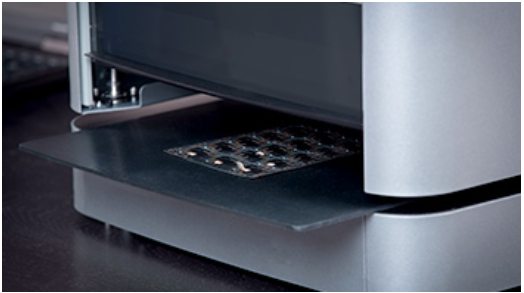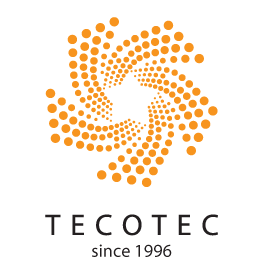News
BENEFITS OF XRF TECNOLOGY
XRF is highly sensitive to metallic elements, particularly elements ranging from Al-U on the periodic table. For coating thickness analysis, XRF can be applied to any metallic coating, single or multi-layered, over any metallic or non-metallic substrate. For alloy analysis, XRF can determine the % composition for each alloying element and identify the alloy grade number designation. For solutions analysis, metal ions in plating baths can be quantified for process control.

Most of the XRF are based on the same principle of operation but different manufacturing technologies. The difference is mainly in the Detector. Currently, the following three types of detectors are used in the world to produce spectrometer:
- Gas Filled Prop Counter Detector
- Silicon PIN Diode Detector
- Silicon Drift Detector (SDD)
|
Type |
Gas Filled Prop Counter Detector |
Silicon PIN Diode Detector |
Silicon Drift Detector (SDD) |
|
Feature |
High baseline noise Poor resolution Unstable with temp & humidity change Requires frequent re-calibrations |
Low noise level Great resolution Great detection limits Peltier cooled: very stable – no climate effects |
Lowest baseline noise Highest resolution Highest counts detection Best detection limits Greatest versatility for widest element range Peltier cooled: very stable – no climate effects |
Bowman was founded by the technical team that established CMI International and successfully grew the company to become a respected leader in the XRF plating measurement industry. The Bowman team offers customers the advantage of more than five decades of combined experience in the coating thickness measurement and elemental analysis industry. All Bowman XRF instruments use silicon detectors for highest resolution, lowest noise levels and greatest overall stability. This ensures the most precise coating thickness measurement and elemental analysis possible. Besides, they also have many other advantages such as:
- Non-destructive testing with minimal sample preparation.
- Fast analysis – data is available in seconds.
- Inexpensive operation: can be run by novice operators without dedicated scientist.
- Versatile technique can accommodate different types of matrix samples.
- Small spot analysis for micro features on a large sample.
- Simultaneous analysis of most metallic elements.
- Widely accepted industrial verification testing method.
Source: ETA
Others
- TECOTEC GROUP ATTENDED SHIMADZU’S SERVICE MANAGER MEETING IN 2022
- TECOTEC HANDED OVER EDX-7000 X-RAY FLOURESCENCE SPECTROMETER AT NIDEC CHAUN CHOUNG VIETNAM
- INSTALLATION OF CHIP PROCESSING SYSTEM – LANNER/ GERMANY
- TECOTEC completed installation of EDX-LE Energy dispersive X-ray Fluorescence spectrometer at DYT Vina
- TECOTEC DELIVERED AND INSTALLED THE 2ND X-RAY FLUORESCENCE SPECTROMETER - EDX-LE PLUS AT TABUCHI
- TECOTEC Group has handed over PDA-7000 Optical Emissions Spectrometers for Nihon Plast Vietnam
- Bowman XRF Coating Measurement System For Electroless Nickel Plating
- TECOTEC DELIVERED AND INSTALLED SMX-2000 SYSTEM TO NIDEC TECHNO MOTOR VIETNAM



